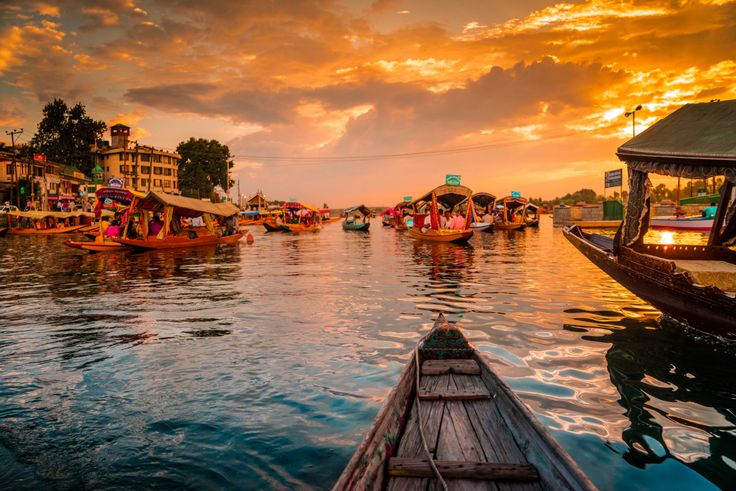
Bhutan is a tiny and remote kingdom nestling in the Himalayas between its powerful neighbours, India and China. Almost completely cut off for centuries, it has tried to let in some aspects of the outside world while fiercely guarding its ancient traditions. The Bhutanese are, by nature, physically strong and fiercely independent with an open and ready sense of humour. Hospitality is an in-built social value in Bhutan. People wear colourful dresses. The men wear a Gho, a long robe tied around the waist by a slim fabric belt, or Kera.
Bhutanese culture is deeply rooted in Vajrayana Buddhism, influencing everything from daily rituals and festivals to art, architecture, and social values like strong family ties and hospitality. The country is known for its unique architectural style featuring impressive Dzongs (fortress-monasteries), colorful prayer flags, and the vibrant Tshechu festivals with mask dances. Traditional clothing, the sport of archery, and the staple dish of ema datshi are also significant cultural elements. Bhutanese food is known for its bold, spicy flavors, with chili being a key ingredient in many dishes. Red rice, buckwheat, and maize are staples, and meat, especially yak, pork, and chicken, is commonly used. A distinctive feature is the use of datshi, a local cheese, in dishes like Ema Datshi, the national dish. Bhutan is a constitutional monarchy and landlocked country in the eastern Himalayas, bordered by China and India, known for its unique Gross National Happiness (GNH) philosophy and preservation of ancient traditions alongside modernization.




